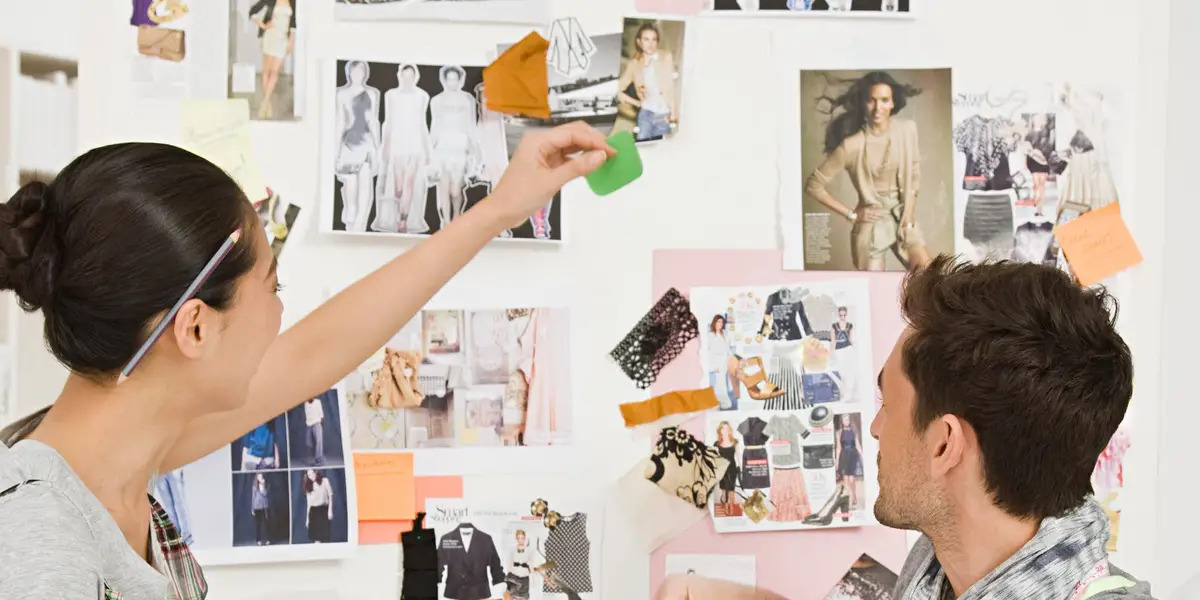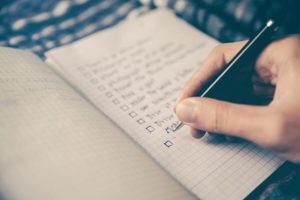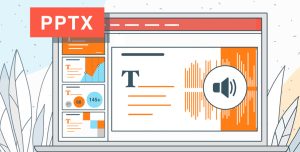
Beginning with Visual Planning
When starting a digital story, a fully formed idea doesn’t always come right away. Often, it begins with a feeling, a color, or a single image. Learning how to use mood boards to plan your digital story serves as a bridge to shape these elements into a clear direction. Mood boards are visual guides that help gather inspiration even before writing a script or editing a video.
With a mood board, you immediately see the tone, style, and emotion you want to convey. It’s more than just a collage of pretty pictures. Creative direction tools works as a map that guides every part of your story. You can build one using Pinterest, Canva, Miro, or even a simple folder of screenshots.
So before creating characters or dialogue, it’s helpful to lay out your visual identity. From color palettes to typography, the mood board becomes the heart of your storytelling—especially when collaborating with a team.
Finding the Right Inspiration
Not all inspiration needs to come from other storytellers. Sometimes, a photo of an old house, a pattern in the clouds, or the texture of fabric can spark your idea. In how to use mood boards to plan your digital story, it’s important to stay open to different forms of visual reference.
Browse photo libraries, social media, or even magazine scans. When you notice recurring themes—like dim lighting, a retro vibe, or minimalist design—that’s the beginning of your board’s coherence. Every element becomes a clue to the tone you’re aiming for.
What matters most is not just whether the image looks nice, but whether it resonates with your story’s purpose. This naturally builds visual consistency that becomes the foundation for narrative execution.
Infusing Emotion into Design
Mood boards aren’t just about style—they’re about feeling. Think of a story about hope—it would have a different color scheme and shapes compared to a story about sadness or anger. Every element on the board carries emotion.
Soft lighting, earth tones, and gentle fonts may suit a story about healing. For suspense or mystery, high contrast, shadows, and distressed textures work better. This is where the art of selection comes in—not just choosing what looks good, but what feels intentional.
Audiences don’t just look—they feel. So with every image, pattern, or quote you add, ask: “What emotion does this bring?” If it matches the theme, include it. If not, save it in a different folder for later.
Shaping Story Through Visual Flow
Once the mood board is complete, it’s more than a collection of images. It’s a blueprint of the story sequence. From beginning to end, you can arrange the elements based on narrative flow. This gives your project rhythm and pacing even in its early stages.
For example, the first few visuals might introduce your setting or character’s world. The next ones build tension or introduce a twist. The final images can reflect resolution or transformation. Even though the board is static, it already tells a story.
This approach helps visual storytellers clarify their narrative arc—before a script is even written. Visuals first, words later. Emotion first, structure later. That’s how the story comes alive when you reach the editing or production stage.
Incorporating Typography and Text
Images alone aren’t always enough. Sometimes, words are necessary—especially if tone of voice plays a major role. In a mood board, you can include quotes, song lyrics, headline styles, or font samples that match the feeling you’re going for.
For instance, if the story is playful and youthful, rounded sans-serif fonts may be perfect. If it’s nostalgic and classic, go with serif fonts that have an elegant flair. Words, whether short phrases or questions, act as a compass for your story’s tone.
Typography is visual, too. Font style, spacing, and size all influence storytelling. When they align with your theme, they strengthen the overall narrative cohesion.
Planning Across Different Platforms
Mood boards should also consider the platform where your story will be published. The visual strategy for a YouTube docuseries will differ from an IG Reels or TikTok clip. Each platform has its own ratio, pacing, and aesthetic expectations.
As you create your board, factor these in. Find sample visuals made specifically for those platforms. See how lighting, colors, and framing shift depending on the medium. This will show whether your story works best in wide format or vertical storytelling.
Tailoring your visual language to each platform isn’t compromise—it’s adaptation. It amplifies your story’s impact, making it easier to reach your audience in their chosen environment.
Collaborating Through Mood Boards
If you’re working with a team—writers, editors, directors, or clients—a mood board becomes a visual agreement. It’s the first step to avoiding miscommunication. Everyone refers to the same reference, even if they play different roles.
Online tools like Miro or Canva boards make collaboration easier. You can add comments, revisions, and different versions. Feedback is real-time, and alignment or conflict becomes visible quickly.
It’s also an opportunity to combine different perspectives into one cohesive vision. When everyone contributes to the board, the creative vision feels more complete. The process flows better, and execution becomes lighter and faster.
Balancing Personal Style and Audience Expectations
It’s important to bring your own visual taste to a mood board. But you should also consider who your audience is. Balancing authenticity and relatability is key to a successful digital story.
If your visuals are too avant-garde but your target is teens used to clean and punchy aesthetics, it might not connect. The mood board helps blend artistic vision with audience sensitivity.
Use it as an empathy exercise. Show how you want to present the story, then ask: “Will the audience feel something from this?” If the answer is yes, you’re on the right track.
Translating the Mood Board into Actual Content
Once the mood board is done, production begins—but now with a guide. Every decision in editing, lighting, music, and transitions can be anchored to the board. It becomes clearer what’s a “yes” or “no” in your creative process.
In video, you might refer to it for color grading. In the script, you’ll check which lines match the visual tone. For music, you’ll pick tracks that fit the imagery you’ve gathered.
Even for marketing assets—thumbnails, captions, preview clips—everything ties back to the mood board’s language. A strong visual strategy from the beginning ensures smoother flow for the entire campaign or project.
Deeper Stories Through Imagination
A mood board is like a bridge between idea and story. It’s not an extra step—it’s a creative core. When built with intention, it delivers more than visuals. It gives you direction full of emotion, tone, and purpose.
The beauty of digital storytelling isn’t just in the script or visuals. It’s in the feeling it brings. And the mood board ensures every part plays the same tune. It’s not a limitation—it’s inspiration.
That’s why learning how to use mood boards to plan your digital story helps you go beyond surface-level ideas. For every story you want to tell online—short or long—a mood board helps make it more complete, authentic, and emotionally resonant.

